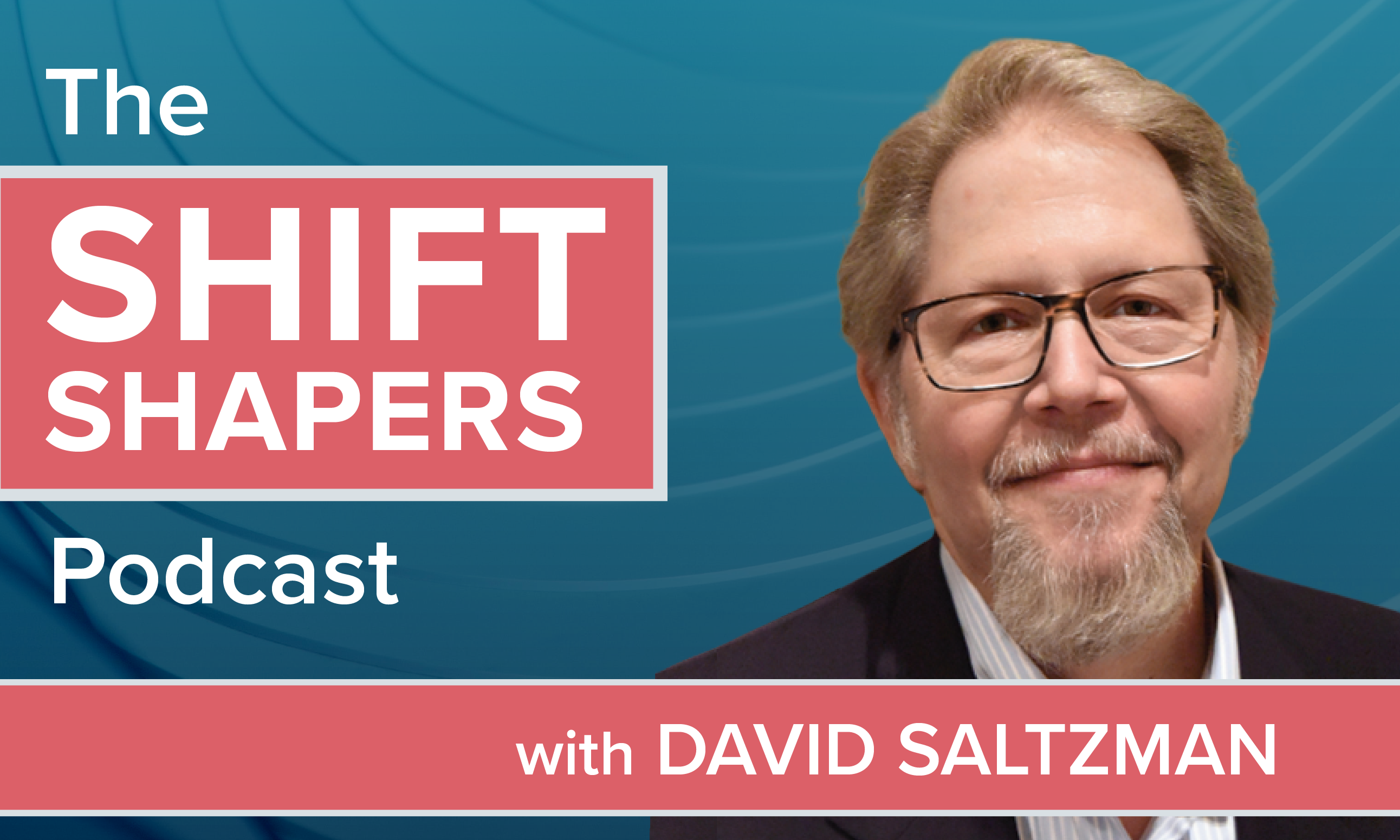 This past year, I was luckyenough to talk to hundreds of benefits consultants about the latesttrends in benefits communication. Here are five suggestions on howto deliver even more value to your clients next year, based onthose conversations.
This past year, I was luckyenough to talk to hundreds of benefits consultants about the latesttrends in benefits communication. Here are five suggestions on howto deliver even more value to your clients next year, based onthose conversations.
#1. Think of decision support as the engine that drives yourwhole strategy
|Most of your clients have twothings in common: They spend an enormous amount of money on healthcare and they struggle to get their employees to choose the right plan for them, and thenuse that plan wisely.
|A relatively small investment inworld-class benefits decision support can have a huge impact in thechoices that employees actually make. And smarter,wallet-friendlier employee choices can ensure that your clients'huge benefits investments pay off.
|As one of our broker palsrecently put it, "Great decision support is like insurance for yourplan design."
|#2. Go big on digital communicationtechnology
|The era of lengthy printedbenefits guides and endless Q4 benefits meetings is mercifullycoming to an end. Don't cling to the past. Embrace thefuture.
|Digital benefits communicationtools make life easier for HR teams. They cut down on the need fortravel, they reduce the time spent repeatedly answering commonquestions, and they save money on printing and postage for benefitsguides that employees rarely use.
|On top of that, great digitalcommunication tools can get employees engaged with their retirementand tax-savings accounts — and when they save more, the companyowes less in payroll taxes.
|#3. Rebrand open enrollment as an annual financialcheck-up
|Open enrollment has a badreputation. To many employees, it's just an obligatory, stressful,box-checking exercise to be done as quickly as possible— with the least amount of effort. In fact, 93percent of employees last year simply defaulted to what they chosethe year before.
|A lot of those employees are nowlocked into expensive medical plans, which cost them and theircompanies more money than they should be paying. Other employeeshave neglected to enroll in an HSA, FSA, or 401(k), which coststhem and their companies more money in taxes than should bepaying.
|Related: 11practical HSA FAQs
|Can you spot the trend? (Hint:it's money.)
|Help your clients create openenrollment messaging that's focused on the bottom-line benefit ofeach medical plan and tax-advantaged account, using specific dollaramounts when possible. You might explain that the average employeesaves $19.65 in taxes for every $100 they put in a pre-tax accountfor health care costs (like an HSA or FSA). Or you might emphasizethat ignoring the 401(k) match is like turning down thousands ofdollars in free money every year.
|Medical plans and pre-taxbenefits can seem abstract. Making open enrollment about the moneyhelps employees understand their benefits and make smartchoices.
|#4. Keep promoting telemedicine and urgent care (even if it'sfrustrating)
|To keep down costs and providemore convenient care, many of your clients are offeringtelemedicine tools and raising awareness about urgent care centers.This is both smart and helpful. Telemedicine tools are free toemployees, and more convenient then an in-person office visit(especially when you're feeling sick). For anurgent-but-non-life-threatening issue, an urgent care visit canprovide the same treatment as an ER, but with a shorter wait, andat one-fifth of the cost.
|The problem is that employeesdon't use these options. Only 2 percent of Americans report theyhave used their telemedicine benefits. Additionally, 25 percentof emergency room visits could have been handled by an urgent carecenter for a fraction of the cost.
|This can make you feel likegiving up, but don't. Remember, employees were hesitant to useHDHPs at first, too. You've got to keep trying. Tell your clientsto make short, positive employee testimonials about theirtelemedicine experiences. Break down the huge cost differencebetween urgent care centers and emergency rooms for somethingnon-emergency, like a broken toe—and point out the difference inwait time, too.
|It'll take some effort, but it'llbe worth it — to both the employees and your clients'CFOs.
|#5. Ask your vendors to help cover benefits technologycosts
|Insurance carriers are oftenwilling to offer technology, communication or marketing credits tobrokers (payable in a lump sum or monthly installments) to helpcover the cost of new benefits communicationstechnology.
|The savviest benefits consultantsask every single carrier they work with to pitch in — medicalcarriers, dental carriers, critical illness carriers… you name it.After all, it's in their best interest to support benefitscommunication that will educate employees about their products —and possibly boost enrollment in those products.
|Chad Schneider is seniordirector of channel sales at Jellyvision, maker ofALEX, an interactive benefits communication softwareused by more than 1,500 companies with more than 18 millionemployees in total.
Complete your profile to continue reading and get FREE access to BenefitsPRO, part of your ALM digital membership.
Your access to unlimited BenefitsPRO content isn’t changing.
Once you are an ALM digital member, you’ll receive:
- Critical BenefitsPRO information including cutting edge post-reform success strategies, access to educational webcasts and videos, resources from industry leaders, and informative Newsletters.
- Exclusive discounts on ALM, BenefitsPRO magazine and BenefitsPRO.com events
- Access to other award-winning ALM websites including ThinkAdvisor.com and Law.com
Already have an account? Sign In
© 2024 ALM Global, LLC, All Rights Reserved. Request academic re-use from www.copyright.com. All other uses, submit a request to [email protected]. For more information visit Asset & Logo Licensing.







